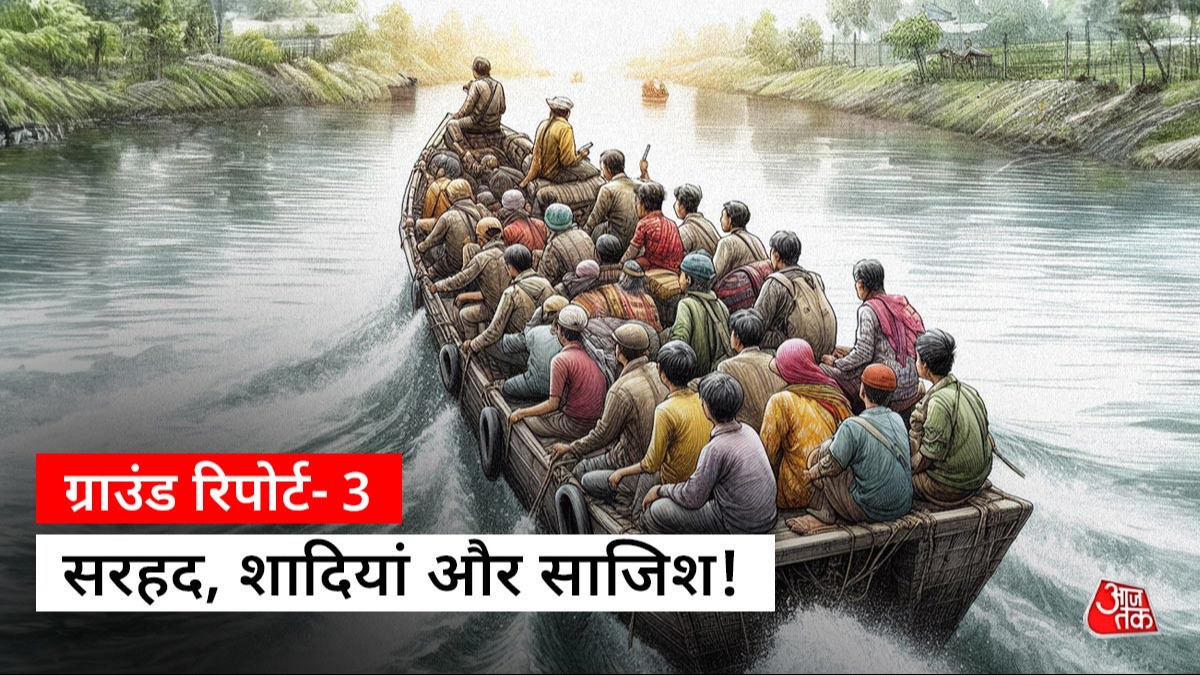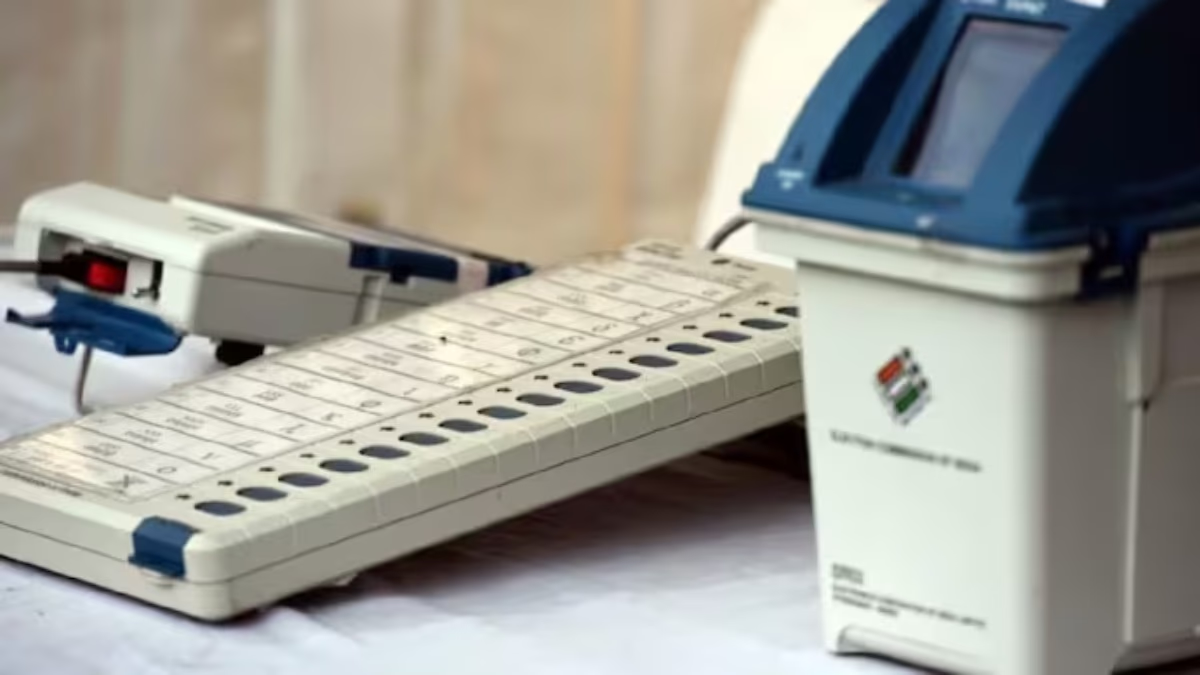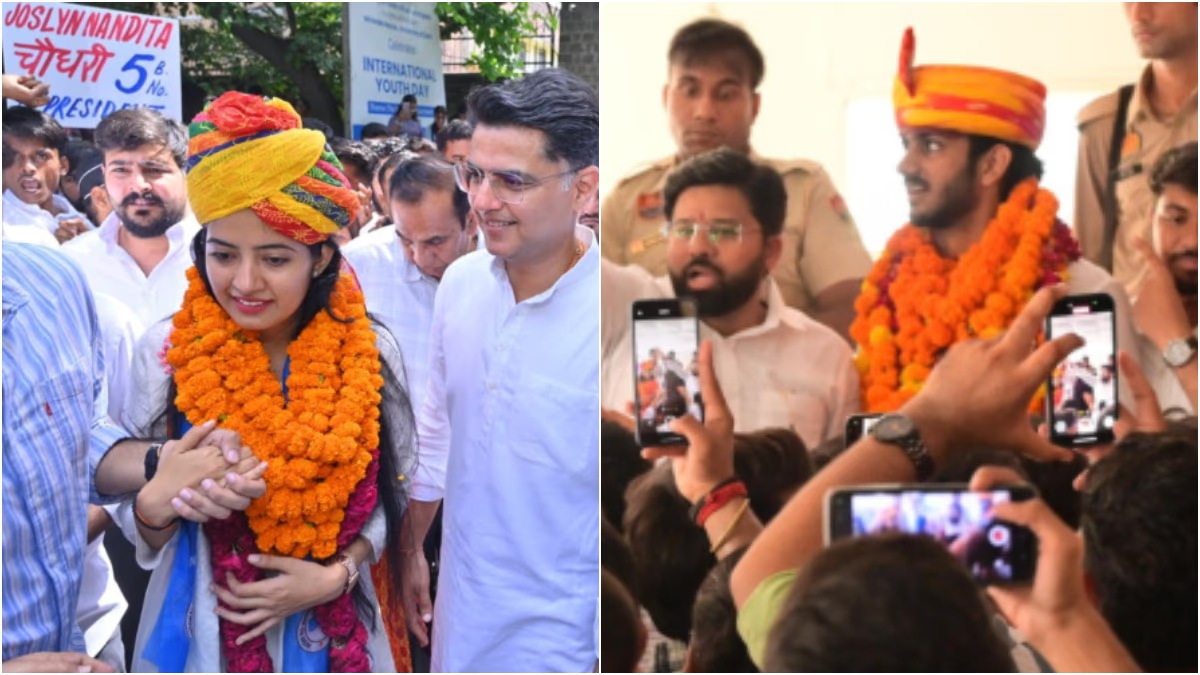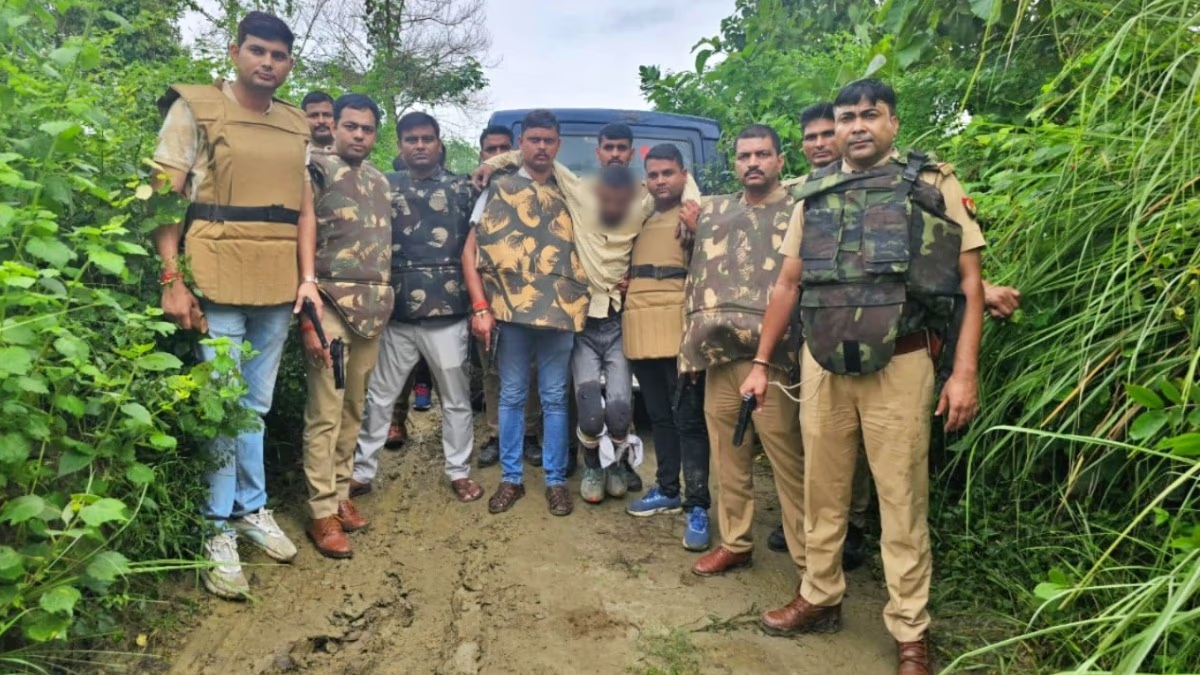In the previous two parts, you've read about the accelerating issues of illegal entry, love jihad, and land jihad, in the border-adjoining regions. Discover, in the third part of our exploration, how despite stringent surveillance, settling in India from Bangladesh remains disturbingly easy for some - almost akin to moving to another city...
Read On: Tribal brides, gifted lands, and the rising influence of an alien creed... A dangerous game unfolds in this Jharkhand locale!
Also, explore: 'Jamaitola' in the making, Jharkhand's demographic flux terrifies the indigenous!
Recently, whispers of demographic changes in Jharkhand's tribal regions have grown louder. In Pakur, the Muslim population surged by nearly 40%, in stark contrast to the mere 20% increase in the Santhal population. Sahibganj shows even more stark differences, with a 37% rise in the Muslim demographic compared to the 11% increase of the Santhals. The national census data of 2001 and 2011 tells this narrative.
The assumption highlights Bangladeshi infiltration as a critical contributor. Allegedly, a special route through West Bengal paves the way for outsiders to reach Jharkhand's borders. They spend some time in madrasas before blending seamlessly among the general populace.
Momentum to these claims is furnished by certain documents issued by the Ministry.
The Ministry of Home Affairs unveiled a dossier last December listing over 120 sham websites crafting fake birth certificates. Their URLs barely distinguishable from official sites. We also encountered the hospital that registered a fraud complaint.
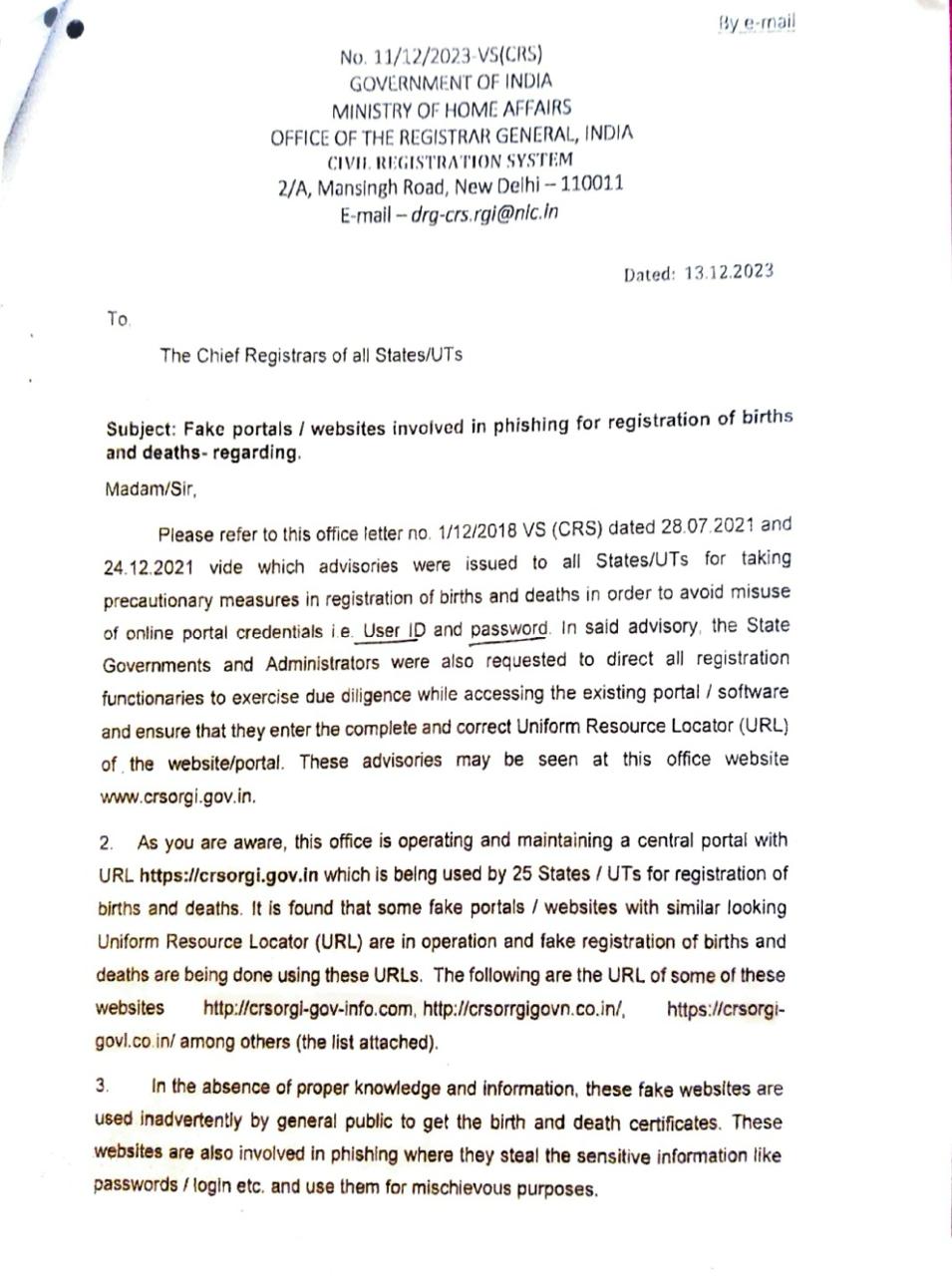
Source: aajtak
Connecting dots to another letter dispatched last year by Jharkhand's Special Branch, its subject reads - Concerning the entry of Bangladeshi infiltrators into Jharkhand. Sent across several departments, it claims infiltrators use border-area madrasas as base camps, weaving their future plans while crafting essential documents.
To check the reality, we delved into Dumka, Sahibganj, and Pakur. Although these areas belong to Santhal Pargana and don't touch Bangladesh directly, they're perilously close to West Bengal's borders, from where crossing into the neighbouring nation isn't notably difficult.
We ourselves reached Sobhapur, the final village on the border route via Pakur, Murshidabad, and Malda by water. Here, the fencing of both countries converges.
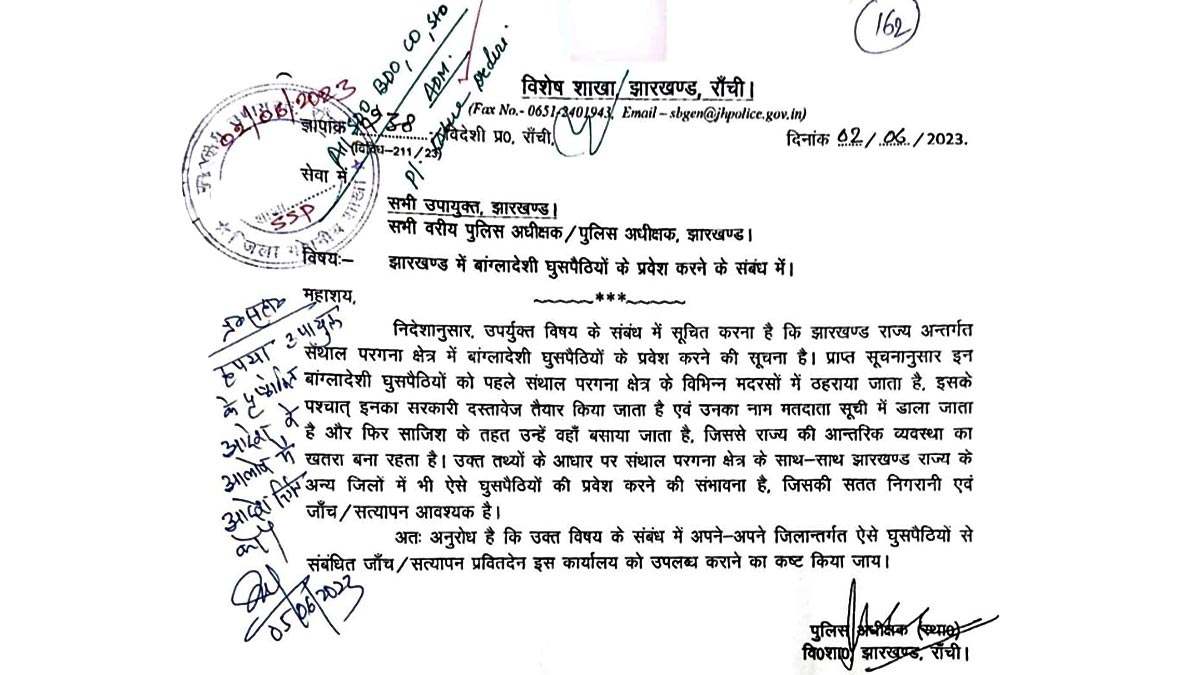
Source: aajtak
Heading on from Delhi through Dumka by road, our first stop was Udhwa. Near the Udhwa Wildlife Sanctuary lies Udhwa Nala, a 25-kilometer channel joining the Ganges. Reports indicated that illicit trade flourished here. Once a tribal-dominated zone, Udhwa has seen a staggering surge in its Muslim populace, particularly in the river-adjacent Diara area.
Faces of demographic change becomes apparent on route to Udhwa. From highway petrol pumps to roadside eateries, the Muslim influence is evident. A Muslim hotel caught our attention during a breakfast stop. Amidst bubbling biryani, the owner hesitantly stated it caters solely to Muslims, citing the preparation involves beef.
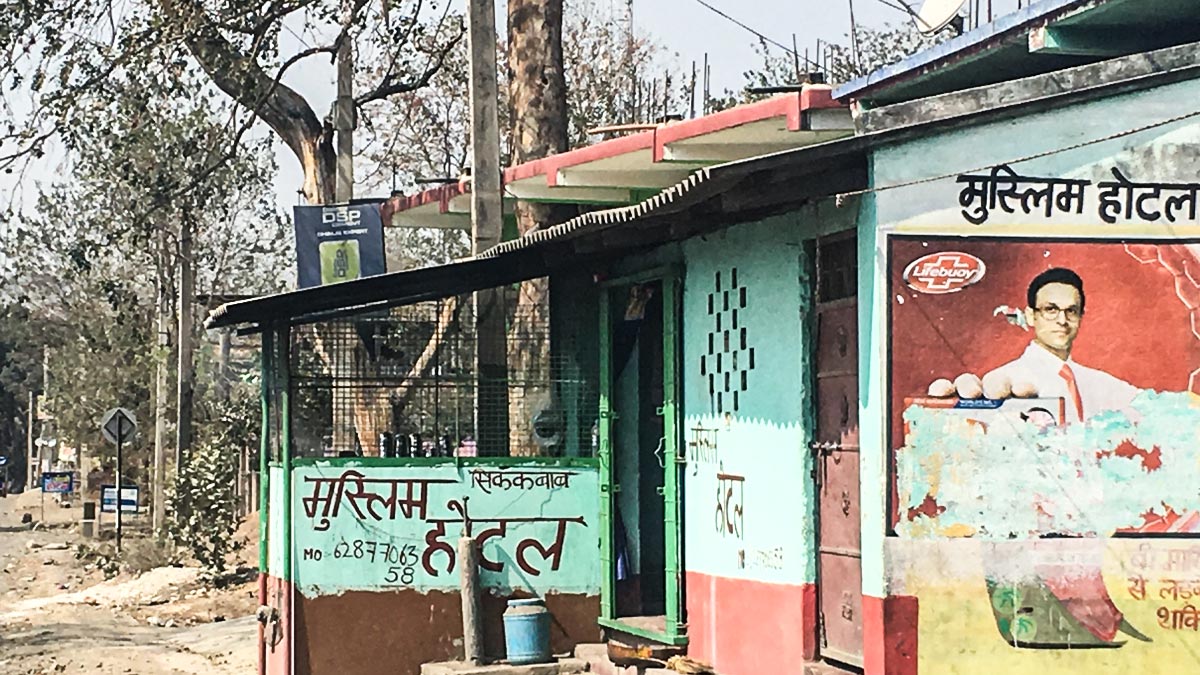
Source: aajtak
Confronted with our curiosity, the owner admitted to the available beef supply and urged us to leave, revealing discomfort with non-Muslim patrons. Moving ahead, homes sprawl along the roadside with women congregating outside. The rapid shift in the area's demographics is highlighted by the Muslim identity marker, young girls' covered heads included.
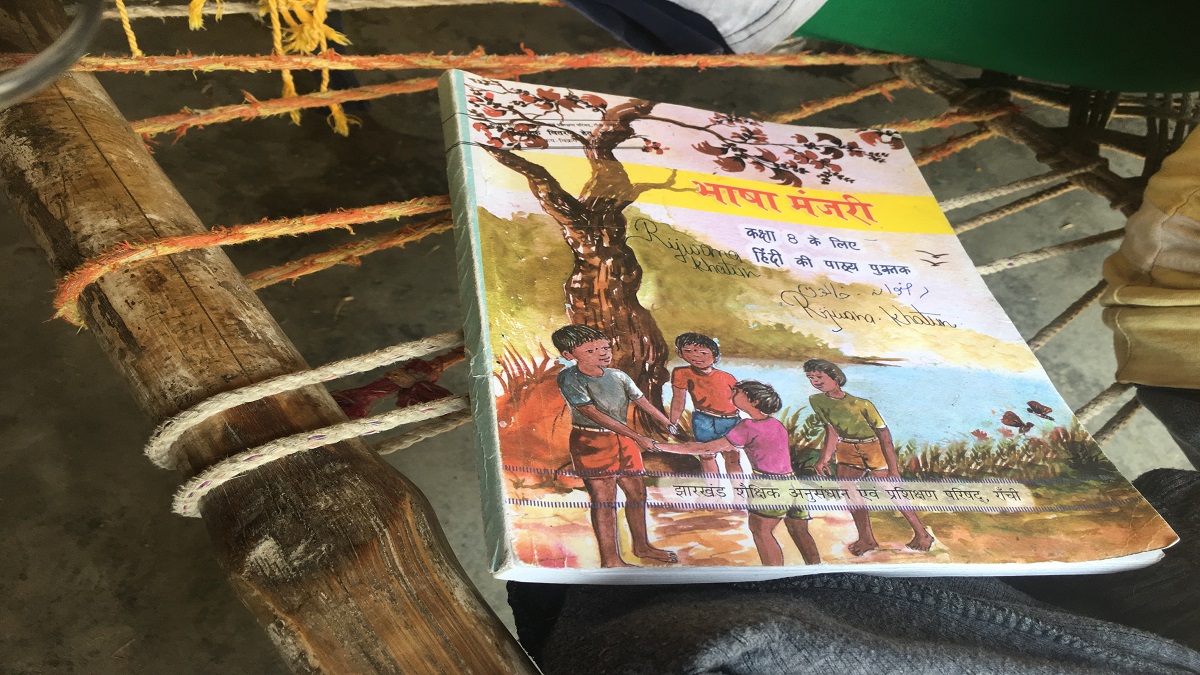
Source: aajtak
All conversations around us occur in Bengali, distinct from Kolkata's dialect. The subtle differences appear, like a child using 'gusul', an Arabic term for 'bath'. With traditional greetings exchanged, I sit down with the eldest woman from the family. She confirms their residence here for 15 years.
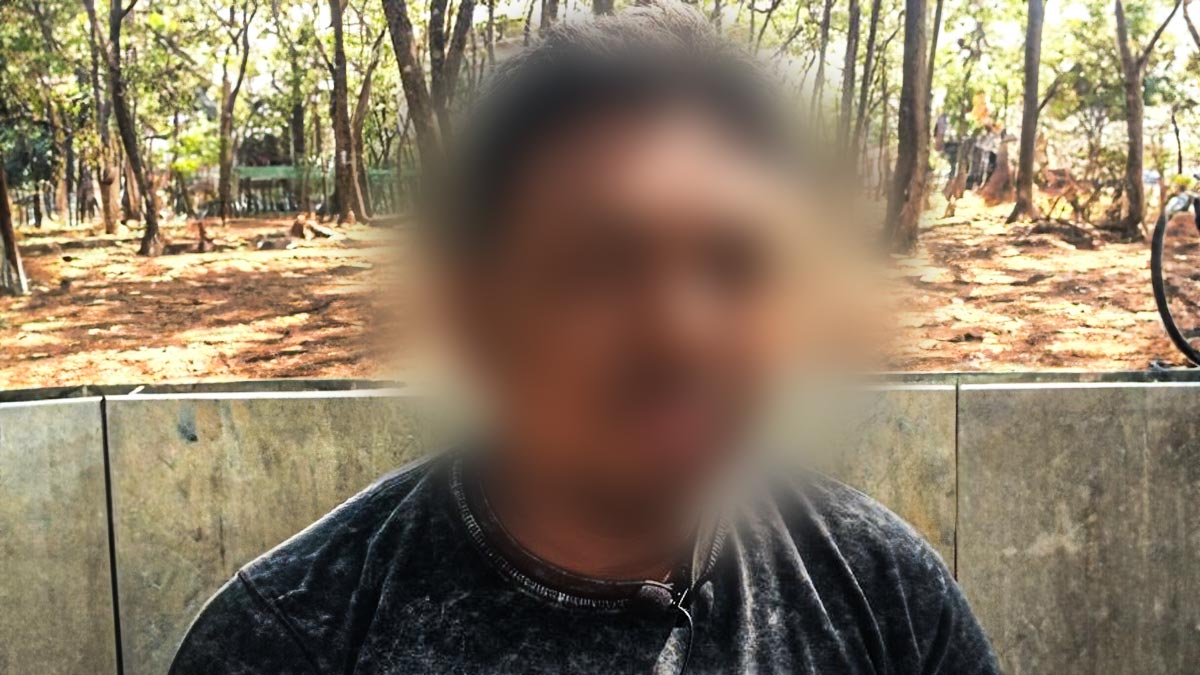
Source: aajtak
Their previous domicile remains unspoken until I probe about visits to Bangladesh. The response reveals a prior home and land ownership there. With the conversation cut short, we move on to meet Aslam, who presents the live crossing scenarios across Udhwa Nala.
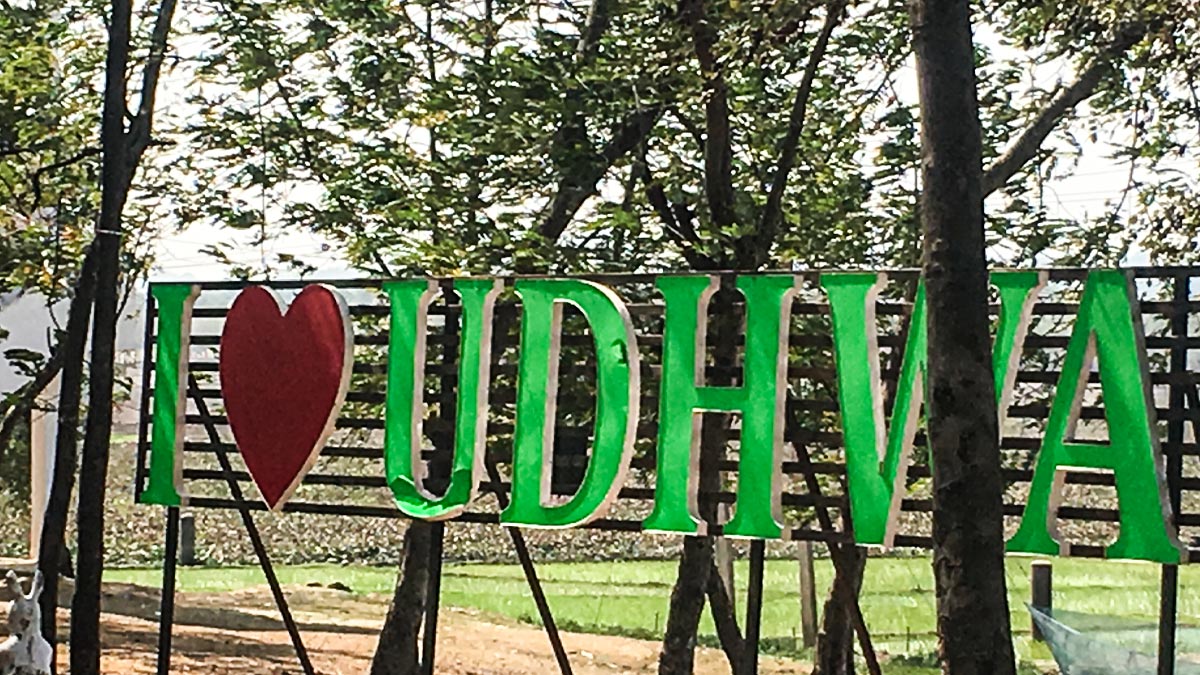
Source: aajtak
Aslam walks us through the underground pathways, hinting at the ease of cross-border movement, even for prospective business prospects. The code words masked as 'business arrangements' get quickly decoded, prompting us to shift the conversation to adventures and exploring the famed 'Bangaland'.
Confronted with the reality of these cross-border dynamics, officials and local leaders across the spectrum maintain a distance from the pressing issue, some outright denying, while others acknowledging with a sense of resignation.
(Names have been changed for privacy reasons within the report.)
